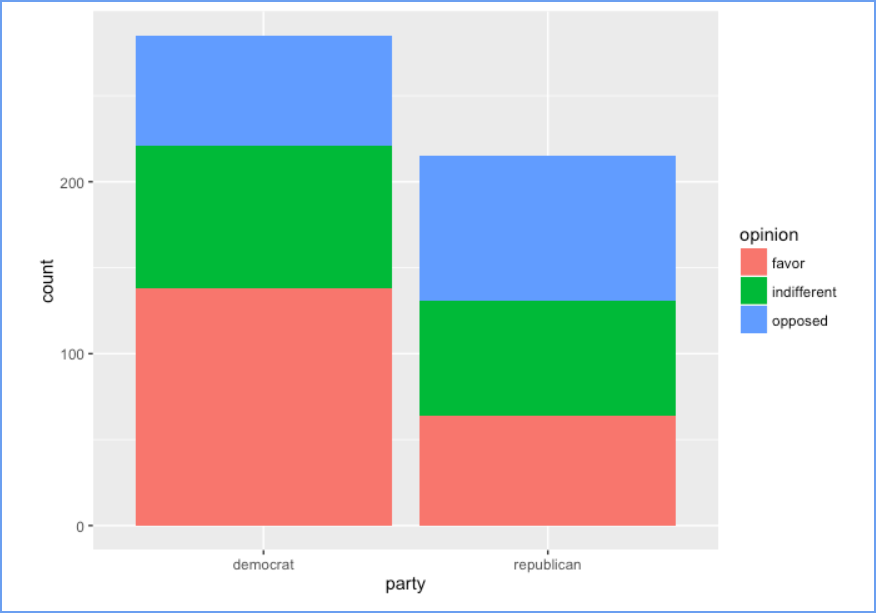Lab-07-Overview
Proportions
 Image by Gerd Altmann from
Pixabay
Image by Gerd Altmann from
Pixabay
Hypothesis Tests Part 2: Proportions
In this lab 7, we will look at questions involving proportions. In Rehearse 1, we will investigate inference about one and two-samples’ proportions on one categorical and one quantitative variable. In Rehearse 2, we begin the use of the Chi-square distribution as we answer questions about one categorical variable with a Goodness of Fit test. How does the distribution of proportions seen in our sample fit a Null distribution of proportions? And we will also investigate two categorical variables to determine if they are correlated much like we did earlier in the course.
Again, we will use Downey’s process for inference using hypothesis tests:
- Calculate a sample difference statistic, or “delta”. This is the main measure you care about: the difference in means, the average, the median, the proportion, the difference in proportions, etc.
- Use simulation to invent a world where delta is null. Simulate what the world would look like if there was no difference between two groups, or if there was no difference in proportions, or where the average value is a specific number.
- Look at delta in the null world. Put the sample statistic delta in the null world and see if it fits well.
- Calculate the probability that delta could exist in null world. This is the p-value, or the probability that you’d see a delta at least that high in a world where there’s no difference.
- Decide if delta is statistically significant. Choose some evidentiary standard or threshold for deciding if there’s sufficient proof for rejecting the null world. Standard thresholds (from least to most rigorous) are 0.1, 0.05, and 0.01.
Remember to begin the process with exploratory data analysis and visualization!
Let’s get started with the first tutorial – Comparing one and two sample proportions.

This
work was created by Dawn Wright and is licensed under a
Creative
Commons Attribution-ShareAlike 4.0 International License.
V2.0. Date 10/14/23
Last Compiled 2024-07-08
